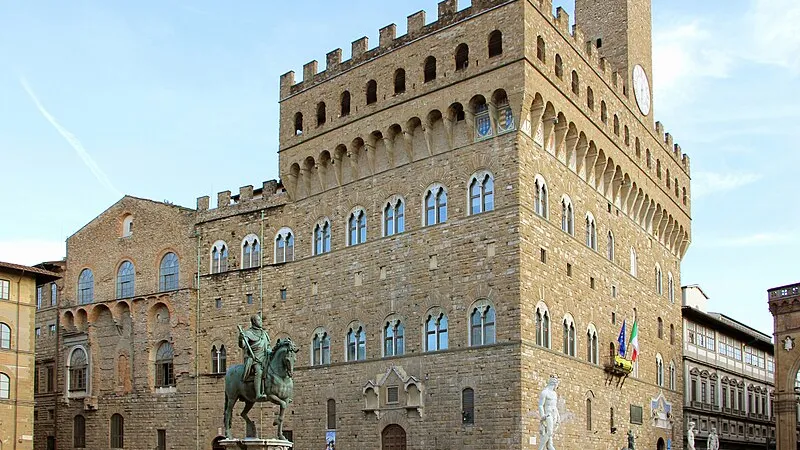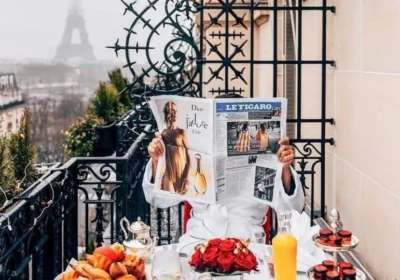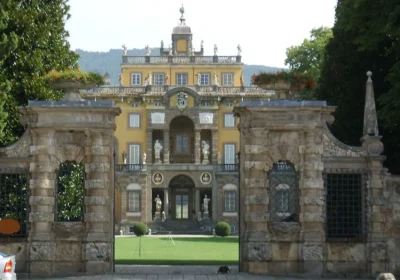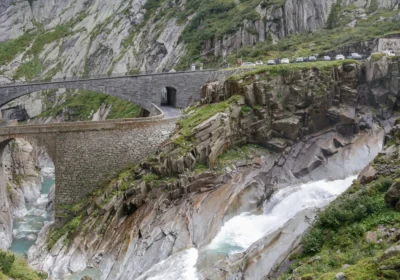Palazzo Vecchio.
The former Signoria Palace, now called Palazzo Vecchio, is probably the most magnificent structure in Florence.
Built at the turn of the 13th to 14th centuries, the palace is an architectural masterpiece in its own right. Three courtyards, the central 52-metre-long Cinquecento hall with 16th-century frescoes, the Signoria Chapel and the Cloakroom are just a few of the palazzo’s mind-blowing rooms.
Palazzo Vecchio was erected in 1299 and was originally the seat of Florence’s government. At the beginning of its history it was called the New Palace, then changed its name to the Palazzo della Signoria. In the XVI century it acquired the name Palazzo Ducale, when the Tuscan Duke Cosimo de’ Medici moved here. At the same time the building was reconstructed according to the needs of the new owner, and the current appearance of the palace dates back to the end of the 16th century.
When the Medici moved into the new palace, Palazzo Ducale became known as Palazzo Vecchio and was used to store family jewellery and ceremonial costumes. In 1871, Palazzo Vecchio regained its original function as the seat of the Florentine city administration.
The Palazzo Vecchio is invariably seen from the main entrance. Here a massive marble frontispiece from the early 16th century immediately catches the eye: between two lions is a monogram of Jesus Christ and an inscription of praise in Latin. And to the right and left of the entrance are two famous sculptures: Michelangelo’s David and Bandinelli’s Hercules and Cacus. The three courtyards of the Palazzo are so sumptuous that one wonders if the interiors could be even more splendid. There are statues by Verocchio and frescoes by Vasari, and the water pouring from the nose of the dolphin fountain comes here from the Boboli Gardens.
The Cinquecento Hall is the centrepiece of the palace, with a massive staircase by Vasari leading up to it. It measures 52 by 23 metres, with monumental frescoes depicting Florence’s victories over Pisa and Siena on the walls and 39 ceiling panels painted after the life of Cosimo de’ Medici. In the niches are numerous sculptures, the most important of which is Michelangelo’s Genius of Victory. In the Medici Studiolo you can see the Baroque wall panels with paintings that conceal the cabinets.
On the first floor of the Palazzo Vecchio you must visit the Hall of the Elements, with frescoes depicting water, fire, earth, etc., the Saturna Terrace, which offers a wonderful view of the historic centre of Florence, the Hall of Hercules, the House of the Lions, where the elder Cosimo actually kept predators for fun, the Dining Room and Eleonora’s boudoir.

















